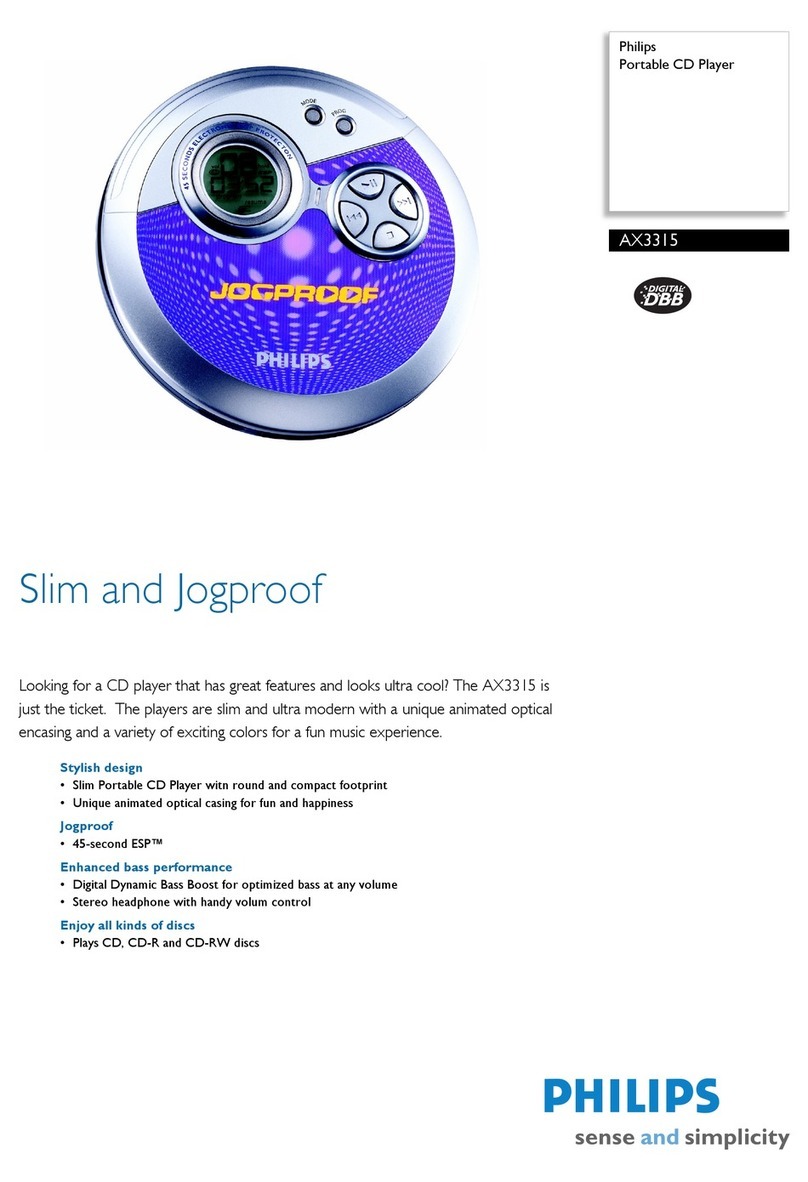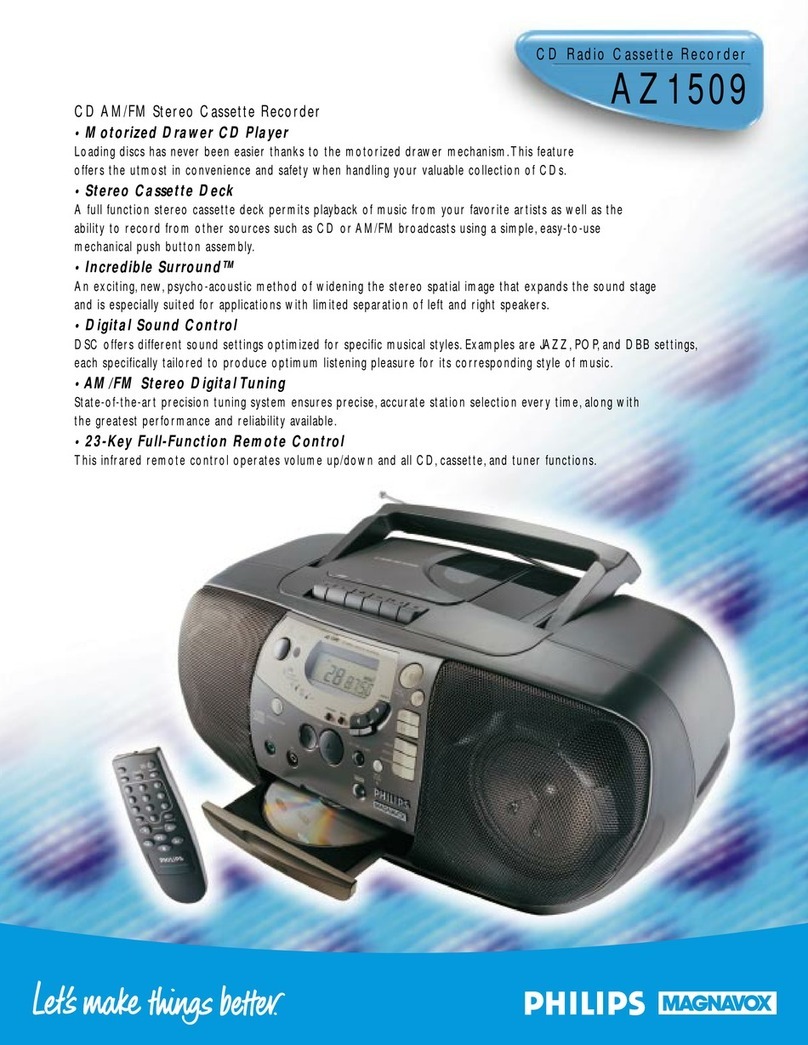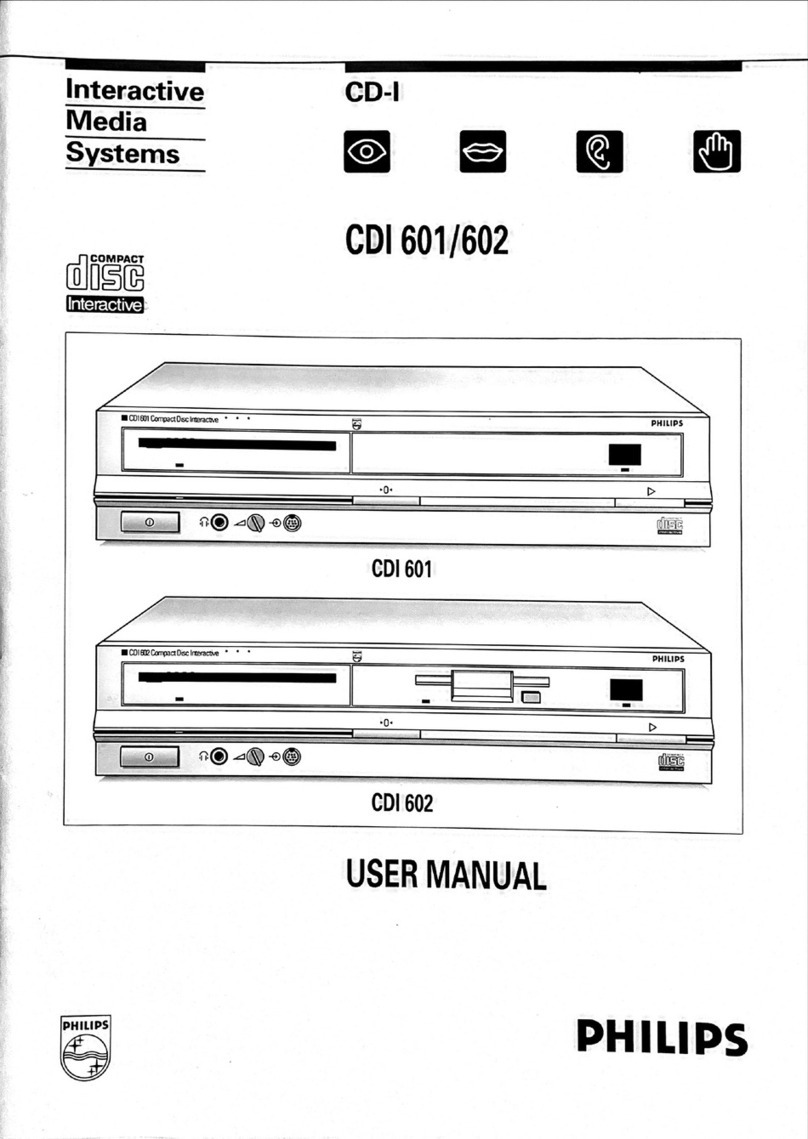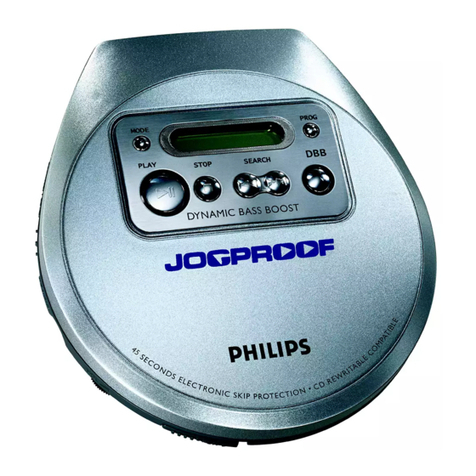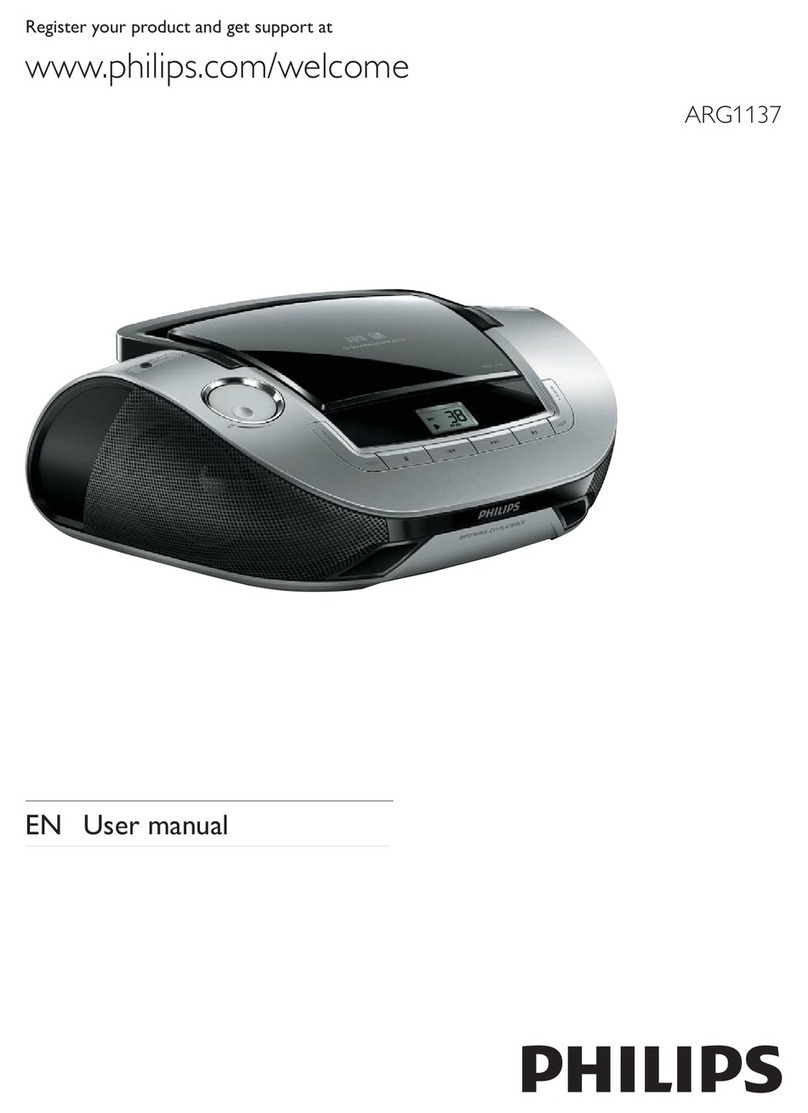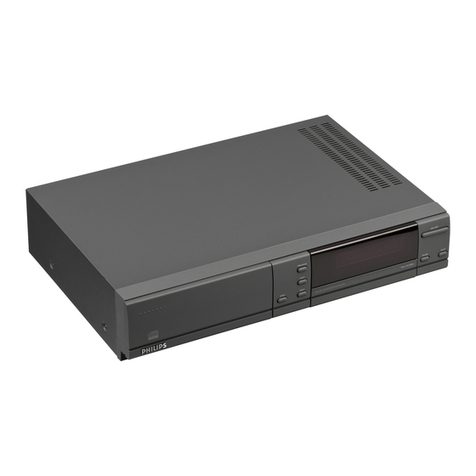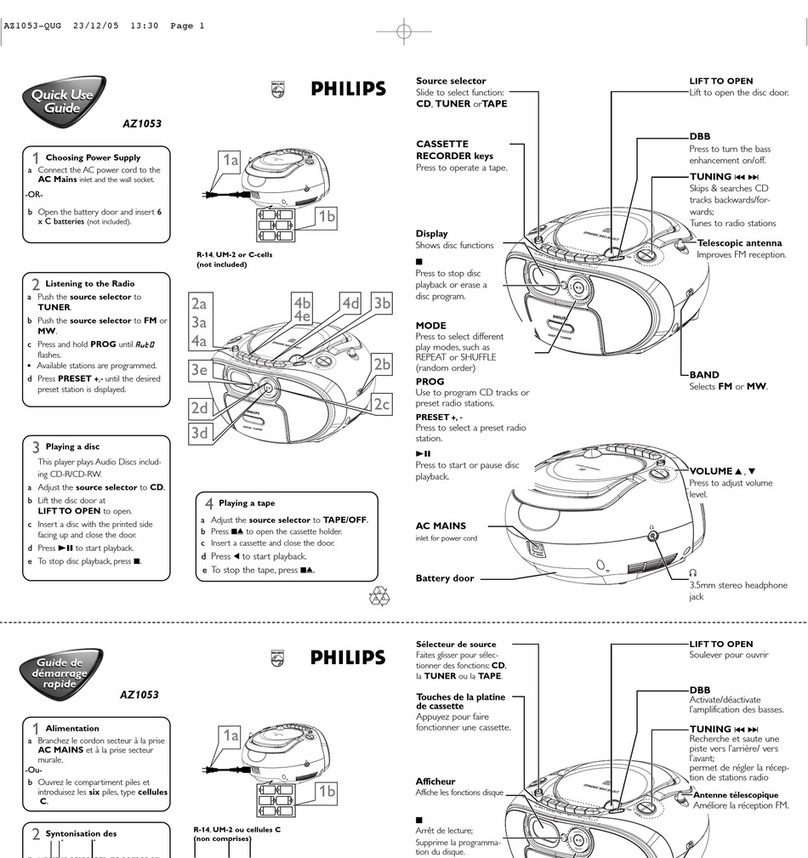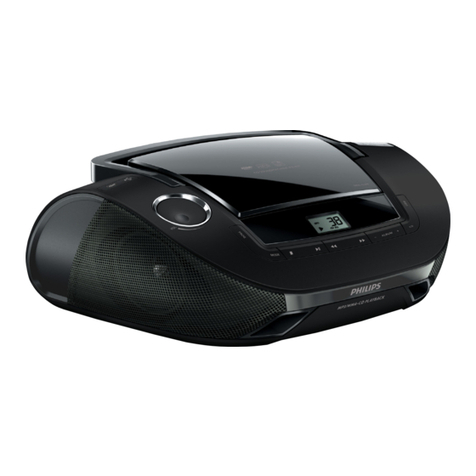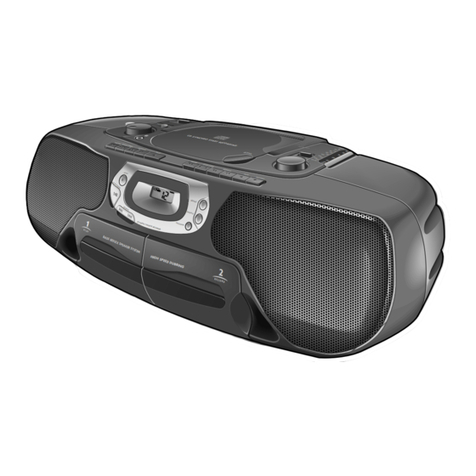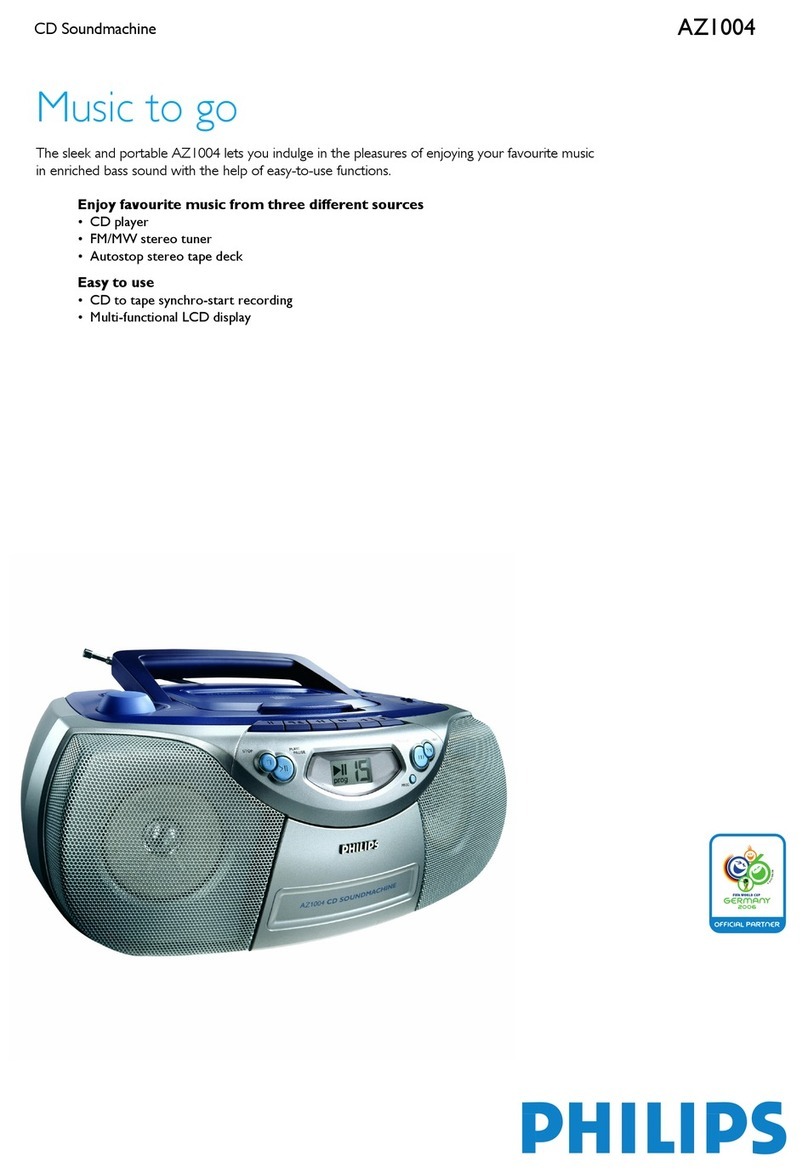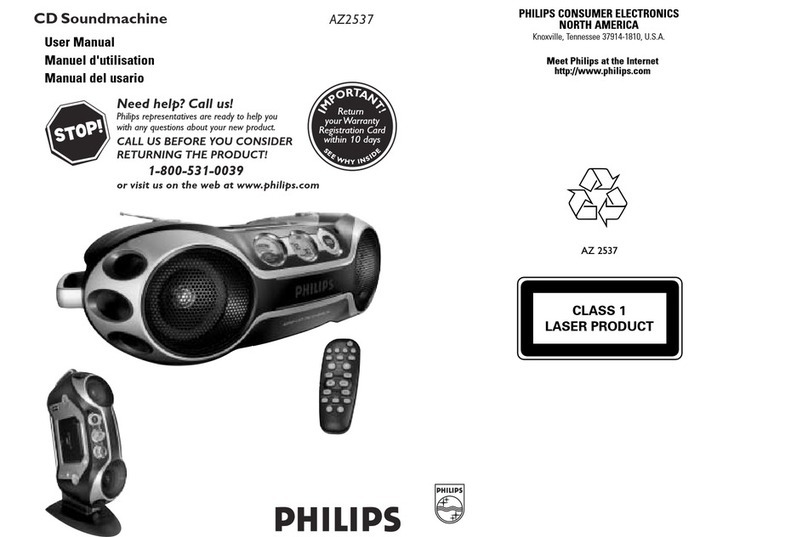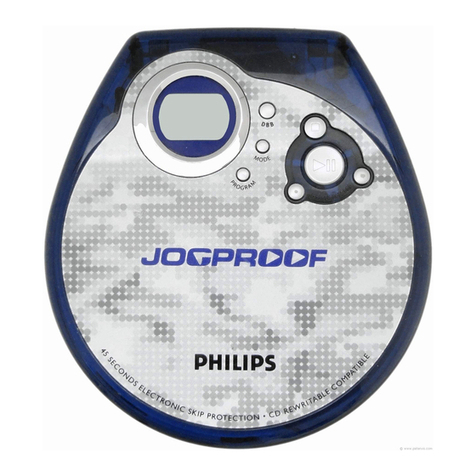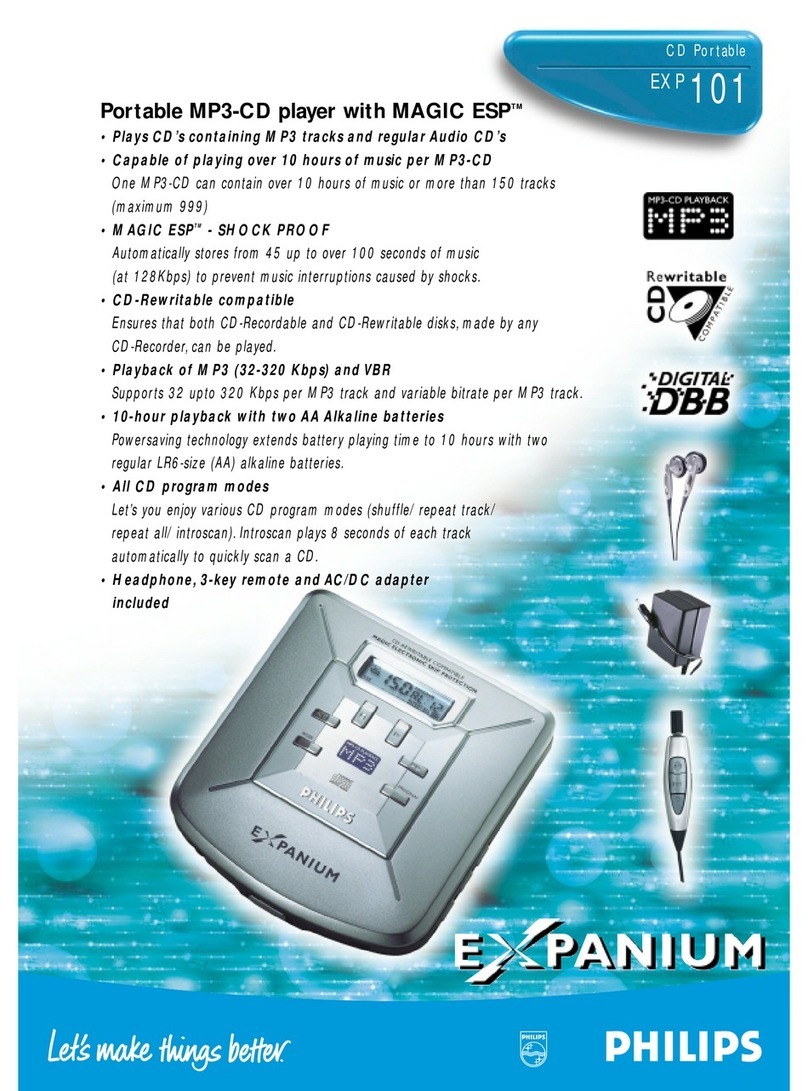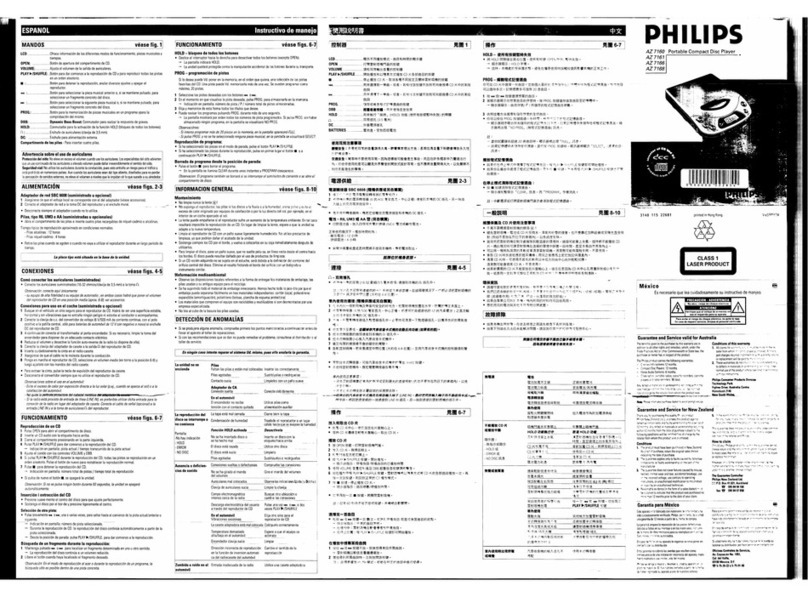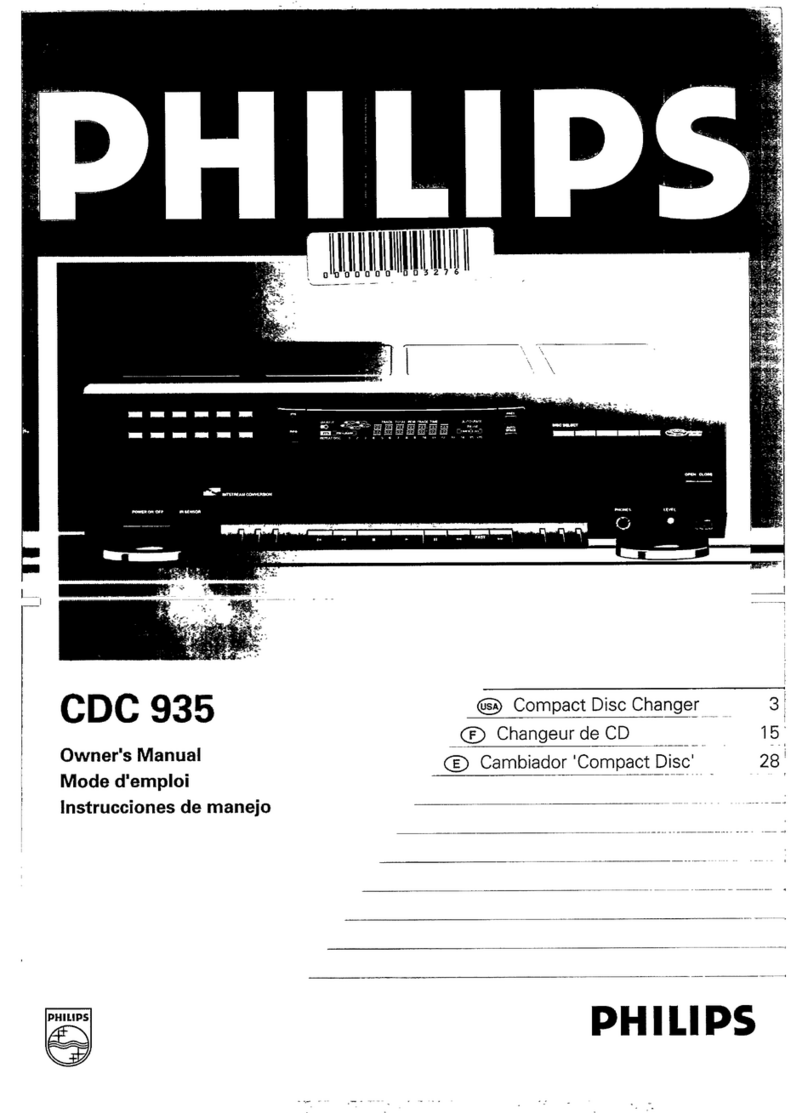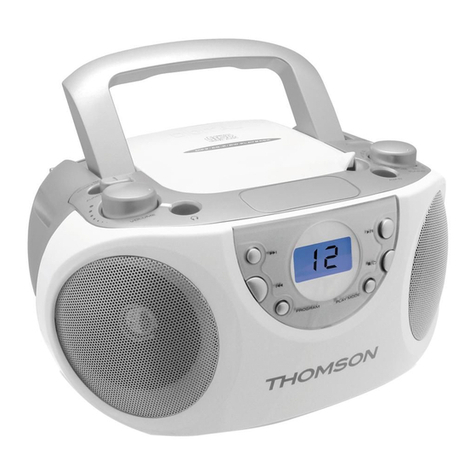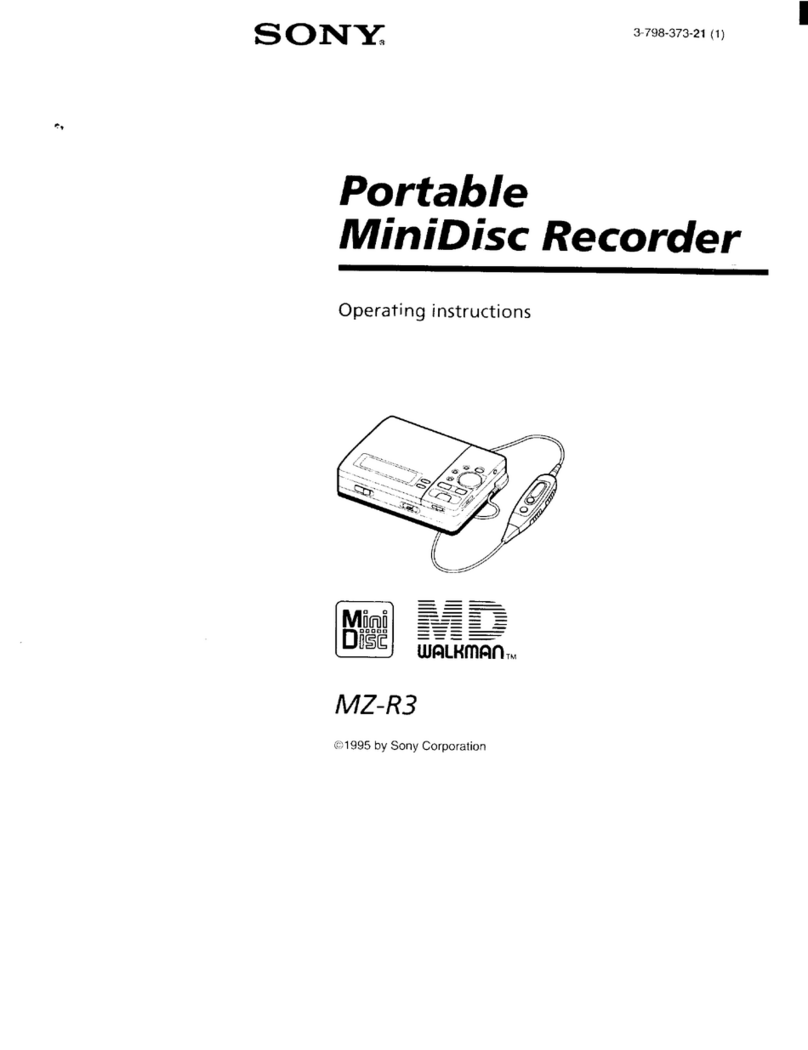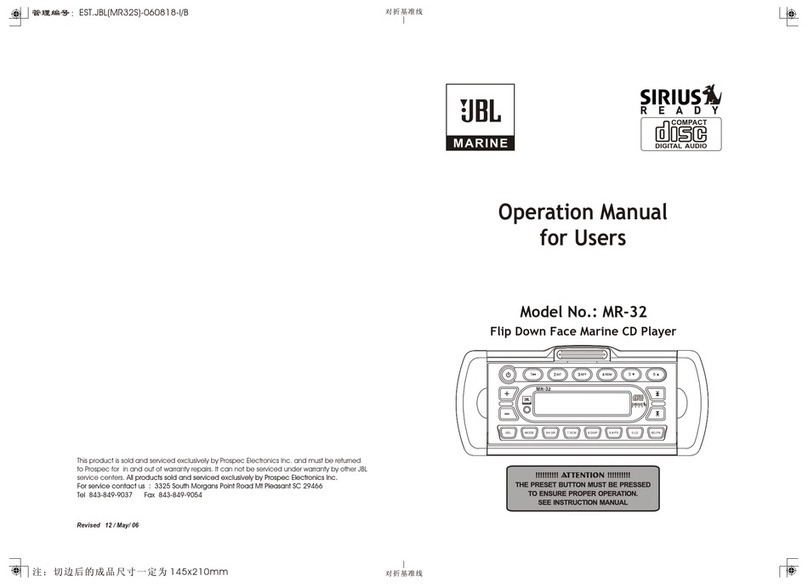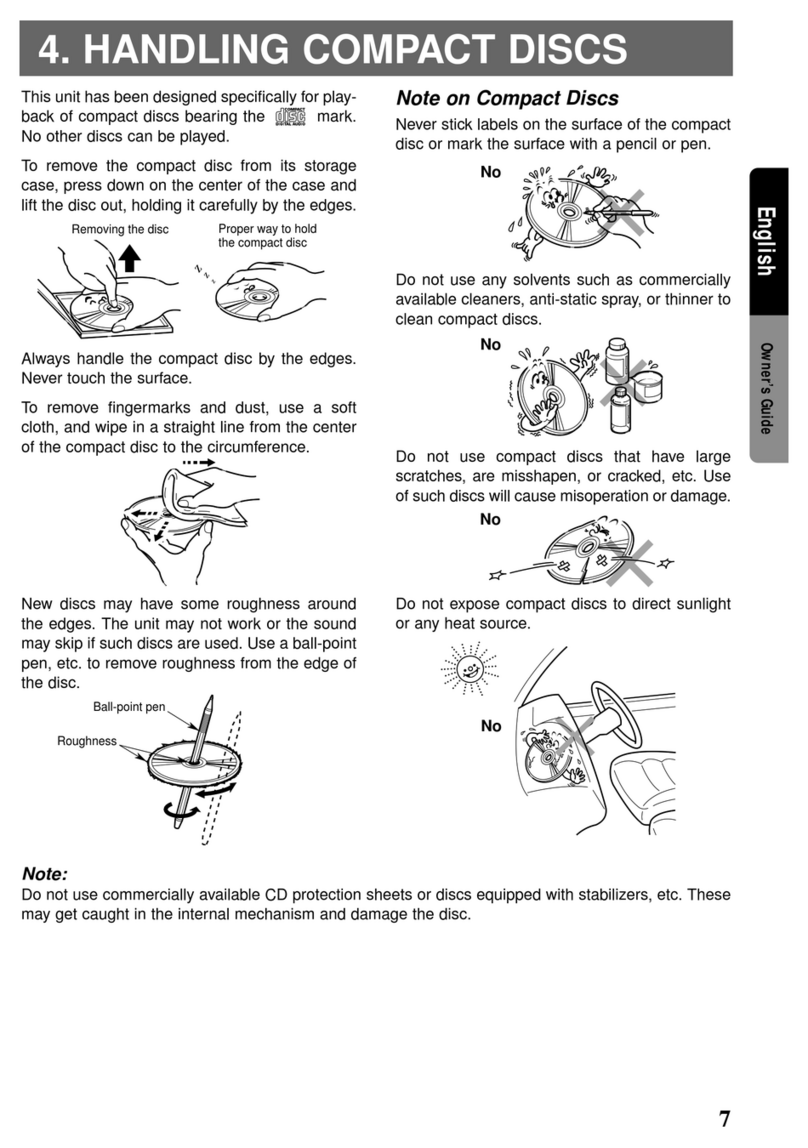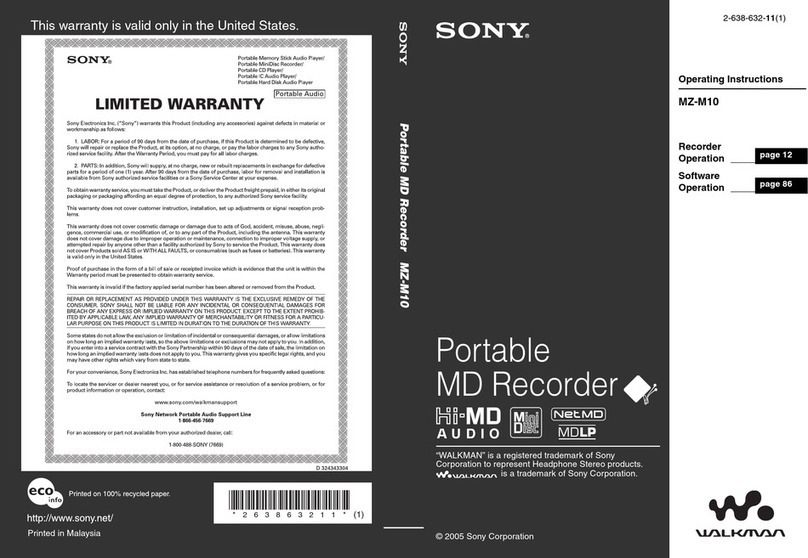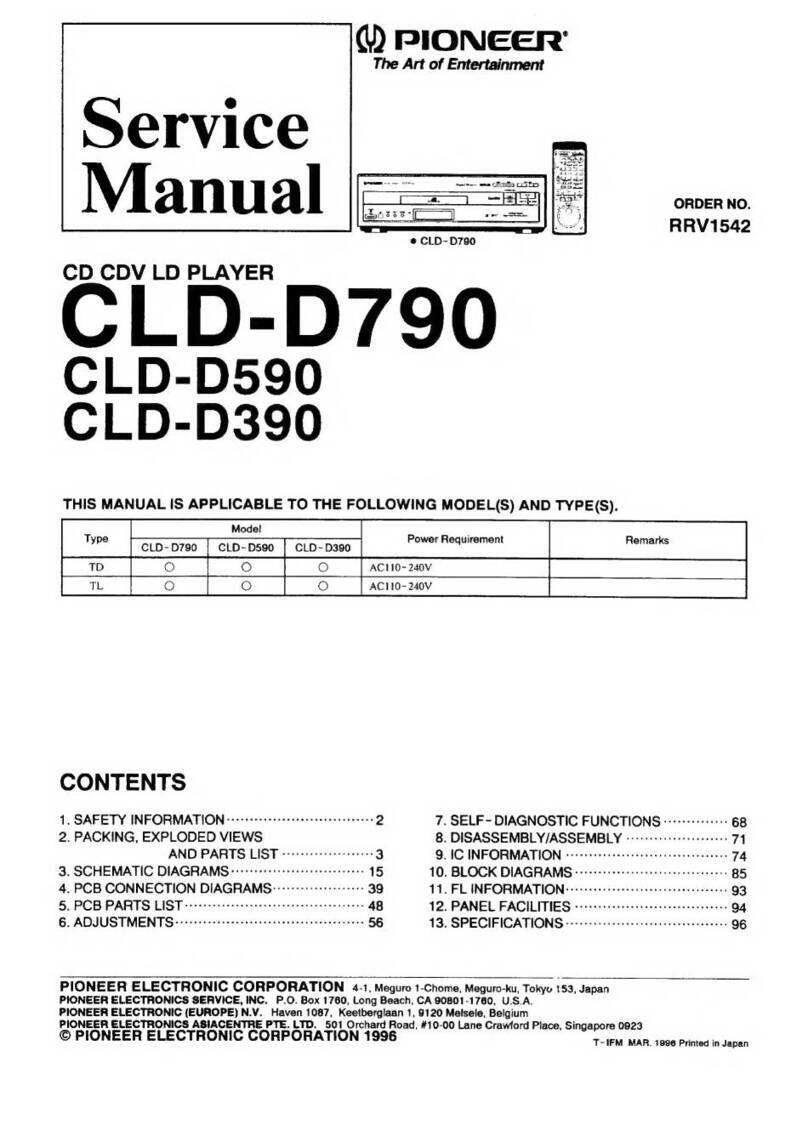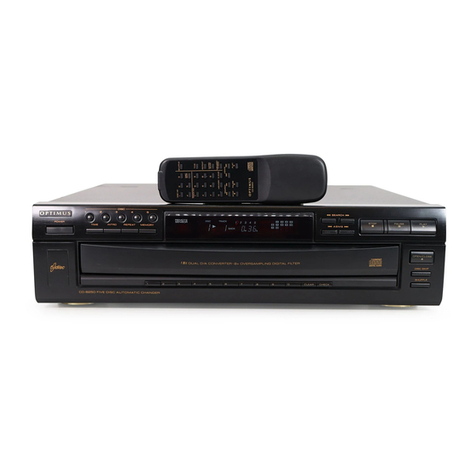
3.3 HANDLING ESD-SENSITIVE COMPONENTS
3.3.1 Personal safety
The testing, handling and replacing
of
ESD-sensitve
components requires special attention
for
personal
safety. A person dealing with ESD-sensitive
components should, normally speaking. be connected
via a resistance to the same potential as the chassis
of
the set to protect him against direct contact with
the supply voltage.
This resistance is often applied
in
the connection lead
of
wrist wraps. If necessary, make use
of
an isolating
transformer.
3.3.2 Storage and transport
Transport and store the circuits and PCBs
in
their
original packages.
As
an
alternative to the original package one may use
a conductive material
or
special
IC
package which
short-circuits all the pins
of
the
component
with one
another. ·
Always discharge the package before opening
it
3.3.3 Testing or handling
Work on a conductive surface when testing loose
circuits and components
or
when transferring
components and circuits from one package
to
another.
Use a conductive
wrist
wrap
with lead
to
make an
electrical connection between the conductive surface
and yourself via a resistance
in
the connection lead
of
the wrist wrap.
Connect equipment and tools also with this conductive
surface.
Do not connect any signals to inputs as long
as
the
power supply
of
the set to be tested is off.
All the inputs that are not used should
be
connected
either to ground or to the supply voltage. When
testing, do not use any freon sprays
for
under-cooling
of
sensitive components.
3.3.4 Mounting ESD-sensitive components
Mount ESD-sensitive components only
after
all
other
components have been mounted.
Make sure that the components themselves, the metal
parts
of
the PCB, mounting equipment and mounting
operator are at the same potential level as the chassis
of the set.
If it is impossible to ground the PCB, the mounting
operator should pick the PCB up before bringing it
into contact with the components
to
be replaced.
Conductive sheet
Soldering iron
Bit
3.3.5 Soldering
Soldering iron tips, also
those
of
low-voltage soldering
stations, should be
kept
at
the same potential
as
the
components
and the PCB.
It is
better
to
use solder-removing braid than solder
suckers.
3.3.6 Electrostatic charges
One should stick to the precautionary measures also
after the ESD-sensitive
components
have been
mounted on the PCB. Until the sub-PCBs have been
incorporated into a complete system on which the
correct
supply voltages are connected, the PCB is
nothing more than an extension
of
the
conductors
of
the
components
on this PCB. To prevent electrostatic
discharges from passing to the
components
via the
terminals, we recommend
that
you apply conductive
clips
or
conductive tape on the terminals
of
the PCB.
3.3.7 Transients (switch-on phenomena)
To prevent permanent
damages
as a
result
of
switch-on phenomena, no ESD-sensitive components,
or
PCBs populated with these components, should be
inserted
in
or
removed
from
test-sockets
or
systems
with the supply voltage on.
Prevent switching
peeks
on the mains as a
consequence
of
switching electric equipment, relay
and DC lines on and off.
3.3.8 Working environment
The
work
bench
for
the service technician should look
like the one shown
in
the figure.
3.3.9 Replacement of the Flat Pack IC's
For replacing a
component
see Fig. 6 Dismounting
and Mounting. Also a
number
of
precautions and
examples is given.
When replacing a flat pack, rosin flux applied to the
device leads will ensure a
good
soldered joint.
Since rosin flux, when
not
properly heated by the
soldering process, is sticky, it will attract
dust
which
will result
in
component
degeneration
over
a period
of
time.
The removal
of
excess flux with a cleaner will not
solve this problem because the flux
is
then even
spread
over
a greater area by the cleaner. Drying
of
the flux can be accomplished by blowing the area with
a
common
hair dryer
for
1
or
2 minutes
at
a distance'
of
approx. 1
O
centimeters.
I•
Safety isolating transformer
Plug/socket
Wrist wrap
Special attention should be paid
in
regions having a
dry atmosphere and when the floor is covered with a
nylon carpet or such.
